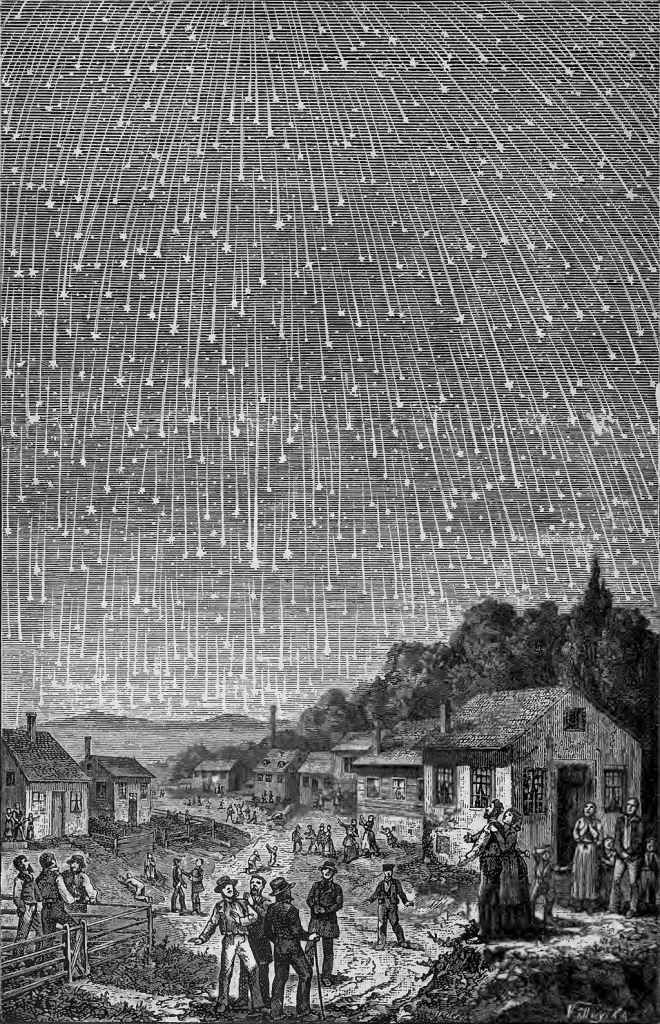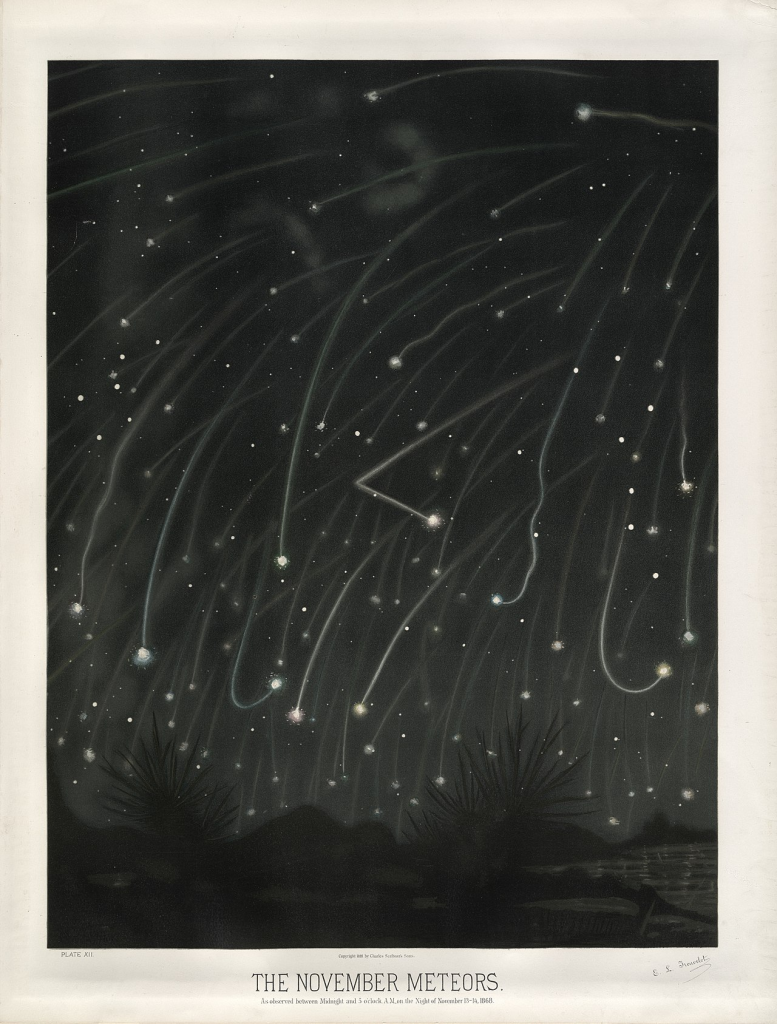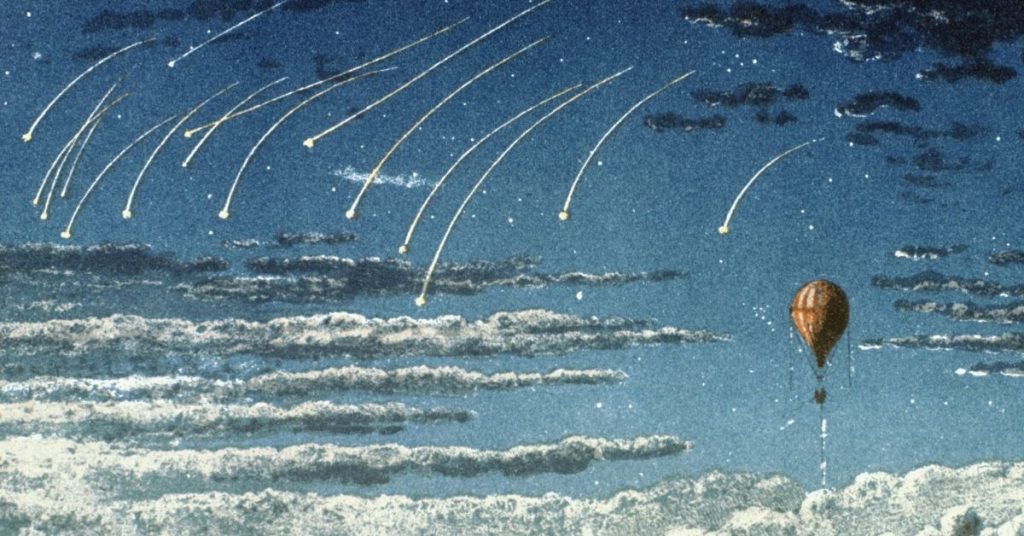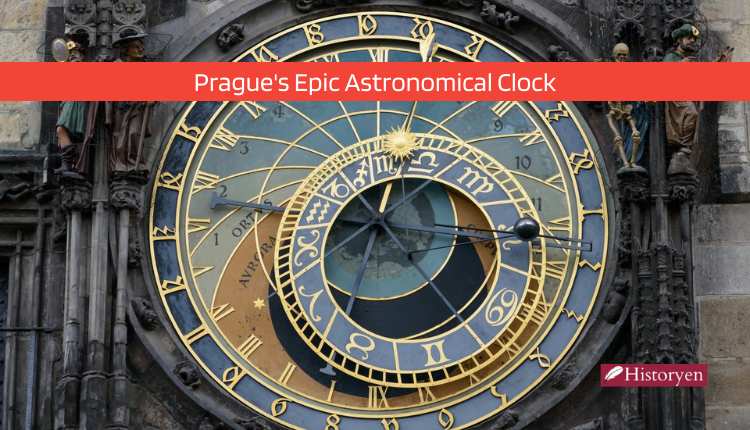Leonids: A Celestial Ballet
The Leonids, an annual meteor shower dance orchestrated by the comet Tempel–Tuttle, captivates sky gazers worldwide. With its radiant located in the Leo constellation, these meteors appear to gracefully cascade from the heavens. Formerly known as Leontids, this celestial spectacle has a rich history and a unique charm that has captivated humanity for centuries.
The Celestial Choreography

The Leonids earned their fame through spectacular meteor showers, occasionally escalating into mesmerizing storms. Notably, the 1833 storm revolutionized the scientific understanding of meteors, shattering the notion that they were mere atmospheric phenomena. This event, with an estimated peak rate exceeding 100,000 meteors per hour, marked a pivotal moment in meteorological studies.
Impact Beyond the Skies
The 1833 meteor storm resonated far beyond the scientific community. Native American nations, including the Cheyenne and Lakota, forged peace treaties and reset calendars based on this celestial occurrence. It influenced notable figures such as Harriet Tubman, Frederick Douglass, and even reached the awareness of Abraham Lincoln, transcending cultural and geographical boundaries.
Denison Olmsted’s Revelation
Denison Olmsted, a pioneer in meteor studies, accurately detailed the 1833 event. His findings, presented in the American Journal of Science and Arts, highlighted the brief yet intense nature of the shower. Olmsted speculated that the meteors originated from a space-bound cloud of particles, setting the stage for further astronomical exploration.
A Celestial Odyssey Through Time
The Leonids continued to grace the night sky, leaving indelible marks in history. The 1866 and 1867 appearances reinforced the connection to Comet Tempel-Tuttle, a crucial revelation that shaped our understanding of these cosmic phenomena. However, the storms seemed to vanish in 1899, leading many to believe they were consigned to history.
Reviving Leonids in the Modern Era

The late 20th century witnessed a resurgence in Leonid activity. Viewing campaigns in 1999, 2001, and 2002 captured the shower’s glory, with up to 3,000 meteors per hour. Scientific advancements unraveled the mysteries of past storms, attributing them to dust trails from previous comet passages. Peter Jenniskens’ predictions for the next 50 years offered valuable insights, although the prospect of historic storms dimmed due to Jupiter’s anticipated influence.
Decoding the Cosmic Dance

Recent studies delve into the nuances of meteor showers, considering factors like parent bodies, orbits, and particle characteristics. The interplay of comet dynamics, solar radiation, and planetary interactions shapes the nature of meteor showers. As we unlock these celestial secrets, the Leonids stand as a mesmerizing testament to the cosmic ballet that graces our night sky.
Exploring the Recent Leonids Meteor Shower Trends
The Leonids meteor shower, an annual celestial spectacle, continues to captivate sky gazers with its mesmerizing displays. As we delve into the most recent observations from 2008 to 2023, we witness the ebb and flow of this cosmic phenomenon. The table below provides insights into the active periods and peak shower dates during this timeframe, offering a glimpse into the dynamic nature of the Leonids meteor shower.
| Year | Leonids Active Between |
|---|---|
| 2008 | 14–22 November |
| 2009 | 10–21 November |
| 2010 | 10–23 November |
| 2011 | 6–30 November |
| 2012 | 6–30 November |
| 2013 | 15–20 November |
| 2014 | 6–30 November |
| 2015 | 6–30 November |
| 2016 | 6–30 November |
| 2017 | 6–30 November |
| 2018 | 6–30 November |
| 2019 | 6–30 November |
| 2020 | 6–30 November |
| 2021 | 6–30 November |
| 2022 | 17-21 November |
| 2023 | 3 Nov – 2 Dec |



